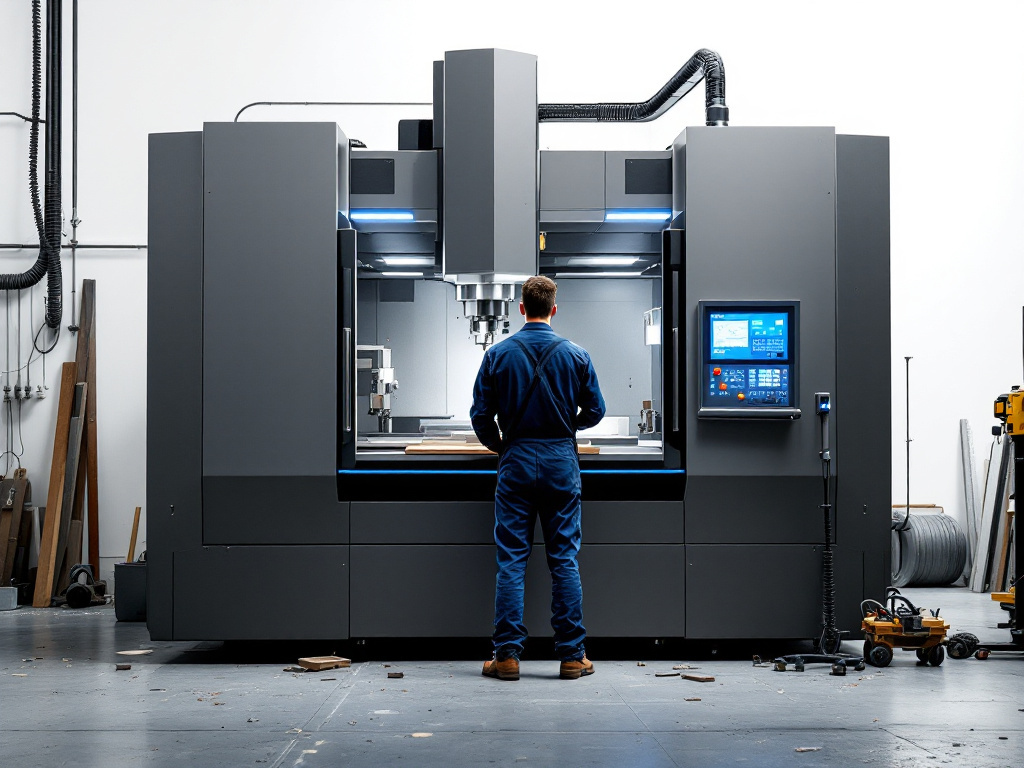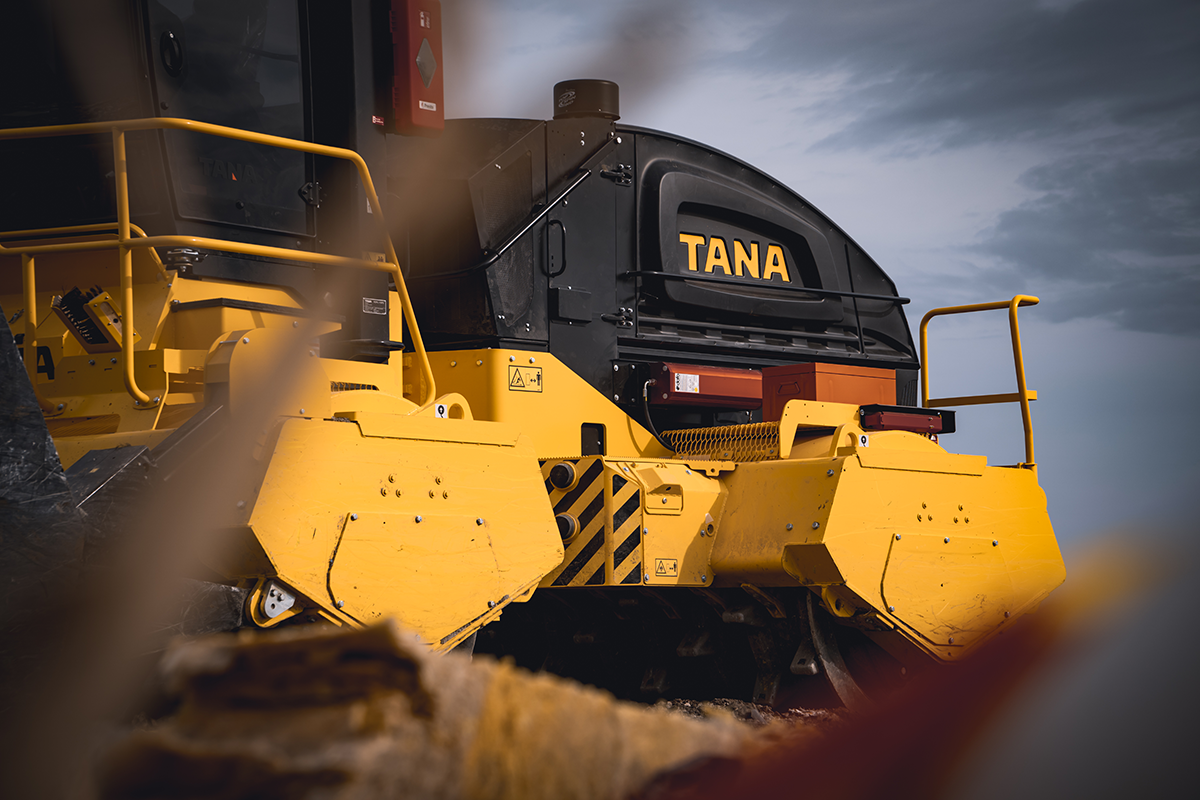Case Study: MTC Flextek Uses AI to Solve Real-life Support Problems
MTC Flextek is a Finnish company specializing in delivering advanced industrial solutions, including machine tools, automation and robotics systems,...
3 min read
spogen.ai : Jul 15, 2025 2:05:13 PM

Whether you’re running tractors across hundreds of hectares, operating straddle carriers in a port, or managing earthmoving machines at a road construction site, one thing is true across industries:
The machines need to move, and the people around them need to keep them moving.
At the same time, those machines are becoming more complex. So complex, that it’s no longer efficient, or even reasonable to expect any one person to know everything about operating, maintaining, or servicing a given machine.
Every day, operators, technicians, managers, and support teams face different challenges:
Traditionally, this is done by asking coworkers, flipping through manuals, calling after-sales, or, for the more modern players, clicking Ctrl+F and searching a keyword across multiple documents. But along with growing complexity, the sheer amount of documentation to look at, search and remember is skyrocketing.
spogen.ai was founded to tackle this issue: to support the whole value chain in optimizing the use of heavy machinery. By leveraging AI in this specific use case, we help automate many of the aforementioned processes, making them faster, more accurate and easier to scale. This means improved resolution speed, higher first-time fix rates (FTFR), better uptime, and ultimately better productivity. In addition to reactive support, both assistants can also contribute to preventive maintenance workflows by helping users identify issues early and take the right action before problems escalate.
This is the basis for our Smart Assistant and Tech Assistant: tools that eliminate guesswork and the mental strain in trying to remember details, so users can focus fully on the task at hand. But why are there two assistants, and what specific use cases are they for?
Smart Assistant: Your Voice-Enabled In-Field Companion
The Smart Assistant was made for the people operating machines, managing fleets, or supporting them in real time. It’s fast, speaks the user’s preferred language and can also provide visual step-by-step guidance when needed.
From tractors to loaders to utility vehicles, the Smart Assistant typically answers questions about:
The Smart Assistant understands everyday speech, delivers spoken answers, and is context-aware, automating much of the typical chain of support.
Real time. Accurate. Time-saving. Need-driven.
The typical end users include machine operators, fleet managers, customer support staff, trainers, field contractors, and teams working with mixed-machine fleets.
In line with our mission to optimize the use of machinery, we’ve seen with our partners the benefits go beyond traditional support. For example, the Smart Assistant can also assist in sales by highlighting best-suited machine configurations for a particular job, and improve testing and demos for first-time or unfamiliar users of the brand, helping new users operate machines more efficiently and to their full potential even in their first tests.
Because it digs deep into machine-specific specs and and provides real-time natural language guidance, Smart Assistant requires tailored configuration and testing.
Tech Assistant: Your Premium Search Engine for Service and Support
The Tech Assistant is designed for the people who maintain, repair and support the use of complex machinery: technicians, service engineers, after-sales teams, and technical support roles across industries dealing with large amounts of data buried in massive amounts of documentation. It’s built to deliver relevant information instantly, eliminating the need to flip through PDFs or ask colleagues for help.
In short, it automates the most time-consuming part of after-sales support, freeing the experts’ focus on solving problems, not finding the right page. The result? More efficient days, and fewer hours spent on tedious manual search.
From industrial systems to moving heavy machinery, the Tech Assistant helps users locate information on:
The Tech Assistant is your specialized and highly advanced search engine. It understands all types of questions and returns precise results. It highlights the right page from your documentation and links to other relevant parts of the imported data, whether they’re manuals, parts catalogs or maintenance guides.
Typical users include sales teams, technical support staff, floor technicians, field service teams, spare parts specialists and after-sales engineers: all professionals whose time is better spent solving real issues than flipping through thousands of pages to find the one detail the end user needs. In addition to saving time, our customers report measurable improvements in first-time fix rates (FTFR) and employee satisfaction thanks to fewer repetitive tasks and more engaging, high-impact work.
As the Tech Assistant doesn’t generate natural language answers with AI but instead directs users to documentation you already have and trust, it’s faster and simpler to implement than it’s more complex sibling. With just and upload and a little time for indexing, the Tech Assistant is ready to go.
Different Roles, Shared Mission: Optimized Machine Operations
Although they serve different users, both of our assistants share a common purpose:
To make operating, maintaining, and supporting machinery faster, easier, and more intelligent, no matter the industry, user experience level or machine brand.
They work in agriculture, forestry, construction, industrial machinery, ports… wherever machines can’t afford to sit still while someone figures out how to get them running again.
Industry-agnostic. Technology-agnostic. Brand- and model-neutral.
Both assistants are ready to support your team to help you optimize every part of your machine-driven operations.
Read more about the Smart Assistant here and click here to check out the Tech Assistant.
Want to see it in action? Click here to set up a meeting with our CEO and Co-founder, Joonas Koivuniemi.

MTC Flextek is a Finnish company specializing in delivering advanced industrial solutions, including machine tools, automation and robotics systems,...

Boosting Operator Productivity with AI: Tana’s Experience with spogen.ai’s Smart Assistant Pilot In early 2025, Finnish environmental technology...
